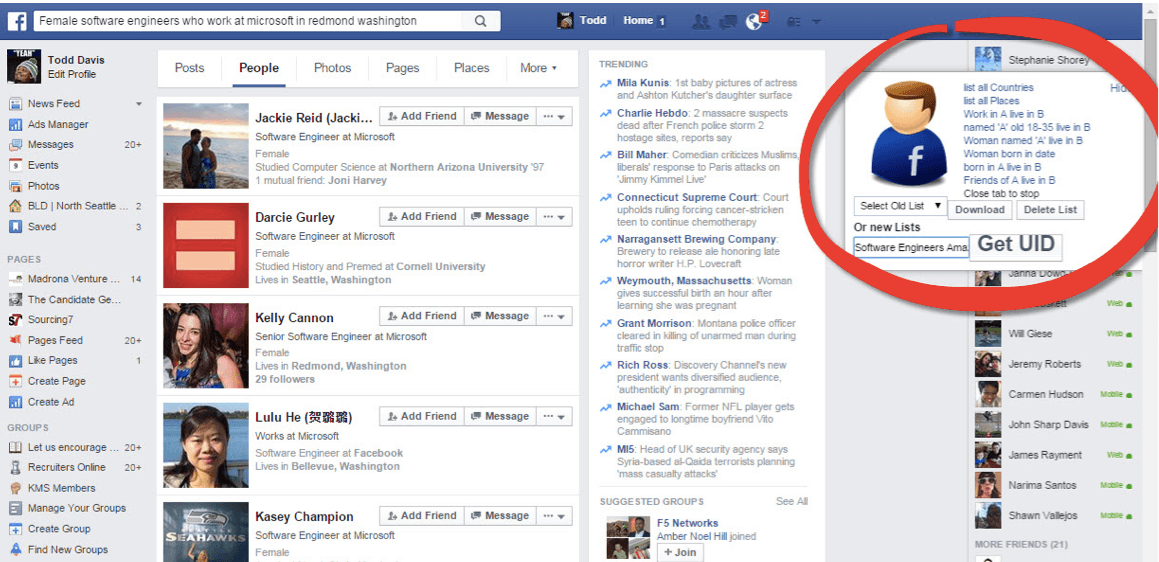A few months back I attended the HR Technology Conference, where I saw one speaker after another state with great confidence, “Of course we all know that the No. 1 driver of employee engagement is…” as if imparting a definitive piece of wisdom on the audience.
Problem is, the first speaker said it was culture, the second said it was compensation, and the third said it all came down to the person’s manager.
Of course, they can’t all be correct. Or can they?
Little consensus on drivers of engagement
A Google search on the “the No. 1 driver of employee engagement” reinforced how little consensus exists about this topic.
The Top 10 results revealed nine (9) different answers:
- Empowerment;
- Leadership;
- Recognition (twice);
- Employee well-being;
- Ability to grow and develop;
- Strong developmental relationship between a leader and their direct reports;
- Managers;
- Senior management’s interest in employee well-being;
- Trust.
Conventional wisdom
Claims about the No. 1 driver of engagement run into several problems.
- First, they typically represent aggregated data from a single survey at a single point in time (usually from a reputable engagement consulting firm).
- Second, these claims diminish the importance of the many drivers of engagement and how they interact.
- Finally, these claims are too often driven by self-interest: “Experts” pick out the survey data that supports what they’re selling. In these cases, I think it’s more accurate to say, “The No. 1 driver of employee engagement is … the one that makes you want to buy from me.”
Discussions about employee engagement and retention have been overwhelmed with blanket statements, such as, “People don’t quit companies, they quit their managers,” or “Culture eats strategy for breakfast.” While there is certainly truth in these statements, broad management maxims don’t provide an actionable foundation for a workforce engagement strategy — workplace dynamics at each organization are unique, and organizations must take their own composition into account when driving engagement.
Different strokes
In fact, drivers of employee engagement vary widely across an enormous range of employee attributes, from industry to location to job function, with a different relative impact for each. For example, meaningful work and helpful managers may be top priorities for someone starting his or her career at a non-profit, while compensation and autonomy may be much more important for an experienced salesperson at a financial firm.
At Glint, a sense of purpose is the most impactful driver – this makes sense for an entrepreneurial company. Other organizations see leadership, future prospects for the company, or culture as the top driver. And the impact of these drivers changes over time, based on the needs of the individual, the team, or the organization.
Engagement profile
It’s highly important for human resources and leadership to learn the specific drivers of engagement (and by extension, employee retention) in their organization. Because each organization and team is unique, managers and leaders need to know which drivers of engagement are most important to their people at any given time, and more importantly, which of these top drivers represent weaknesses in the eyes of their people so they can take action.
Because the relative impact of these drivers can change quickly, organizations need more frequent pulsing of employees than the traditional annual engagement survey can provide.
Organizations also need statistical analysis of the data, parsing out people groups and their unique engagement drivers. Finally, organizations can’t wait around for a consulting firm or statistician to provide this analysis. They need to know quickly, in real time, so they can react in a meaningful way.
Seeing in concrete terms what drives engagement
Broad industry research and one-size-fits-all engagement recommendations established on a yearly basis simply don’t work for today’s dynamic organizations. Frequent pulses combined with instantaneous analytics finally enable organizations see concretely what drives engagement among their people and their teams.
This empowers leaders to react quickly and intelligently to what works and what doesn’t, adding a scientific element to the art of fostering an engaged workforce.
